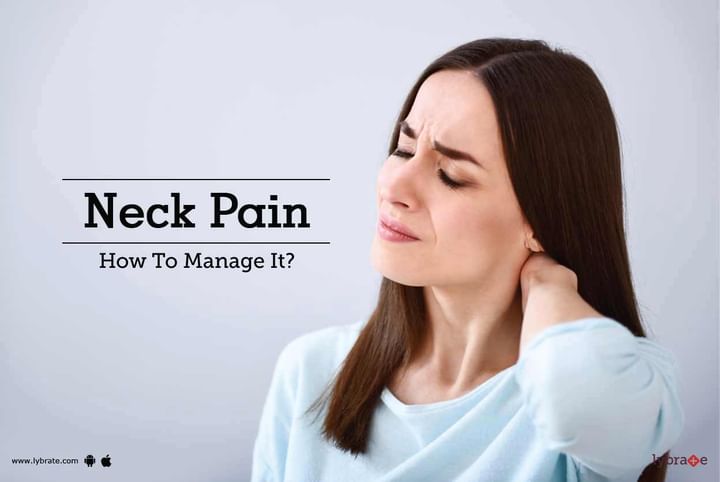Neck Pain - How To Manage It?
Your neck is made of vertebrae that stretch out from the skull to the upper body. Cervical discs that lie between the bones absorb shocks. The bones, tendons, and muscles of your neck support your head and allow movement. Any injuries, swelling or damage can bring about neck pain or even stiffness.
Many individuals experience stiffness or neck pain once in a while. Usually, this occurs due to poor posture. At times, neck pain is brought on by injury from a fall, playing sports or whiplash. More often than not, neck pain is a normal condition and can be healed within a couple of days. Now and again, neck pain can show serious injury or damage and require a specialist's consideration. In case you have neck pain that lasts persistently for over a week, is serious, or is joined by different side effects, look for medicinal attention quickly.
Regardless of the possibility that you require medical treatment, for example, prescribed medicines for your neck pain, the following treatment measures will speed your recovery:
- While an ice compress is good for acute pain, heat therapy is recommended for more chronic pain. Use a warming cushion on a low or medium setting for 15 to 20 minutes every 2 or 3 hours. Take a warm shower instead of one of the sessions. You can purchase single-use heat wraps that last up to 8 hours. Use an ice pack for 10 to 15 minutes every 2 to 3 hours.
- Get back to your typical day-by-day exercises when you can. Movement helps your muscles stay solid. Stay away from tiring exercises like lifting and sports that can increase the pain and cause stiffness. Do stretching and neck strengthening activities to keep your neck flexible, strong and prevent stiffness. Stay away from or change any exercises that might bring about your neck pain, for example, sitting in front of your computers or television sets for a long time or doing an excess of overhead work at once. Delicately back rub or rub the region to alleviate pain and energize your bloodstream. Try not to rub the damaged area in case it causes pain. Nonprescription creams or gels, may give pain relief.
- It can also be treated with the help of pain relievers
- Practice good and healthy habits to improve your lifestyle.
- Attempt to decrease anxiety and pressure at work and at home.
- Practice exercises that offer relaxation.
- Get gentle back rubs in intervals.
- Quit smoking. Smoking lowers down healing because it diminishes blood supply and delays tissue repair.
- Exercise regularly, including aerobics and walking.
- Practice a good posture.



+1.svg)
